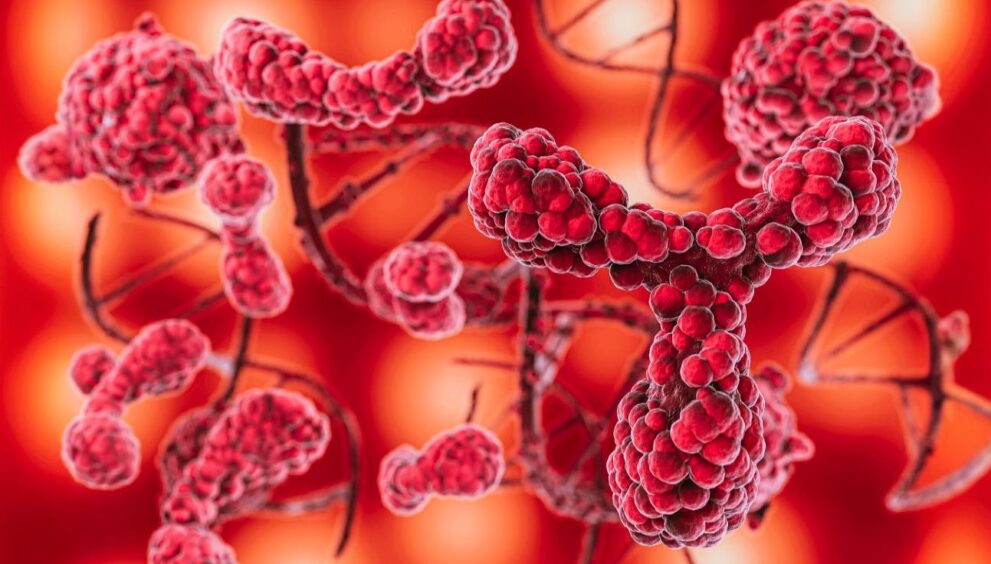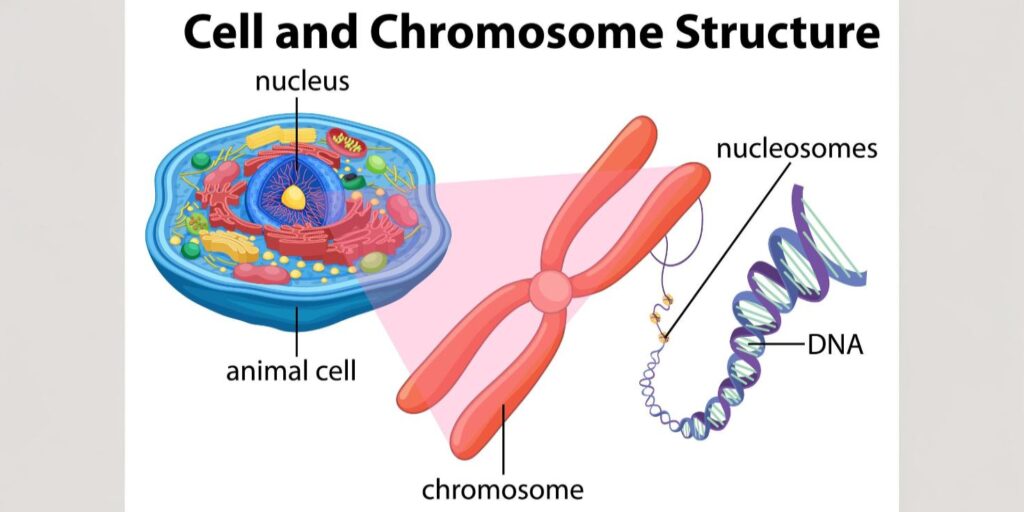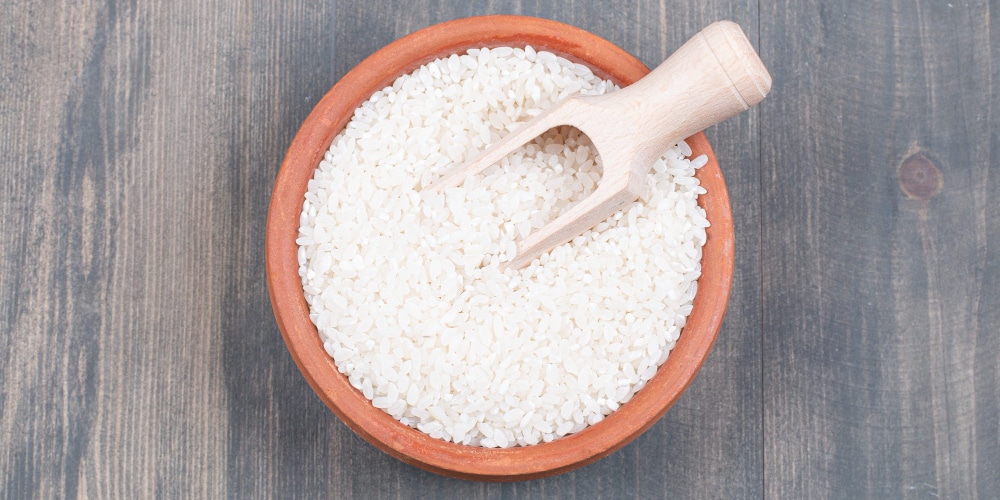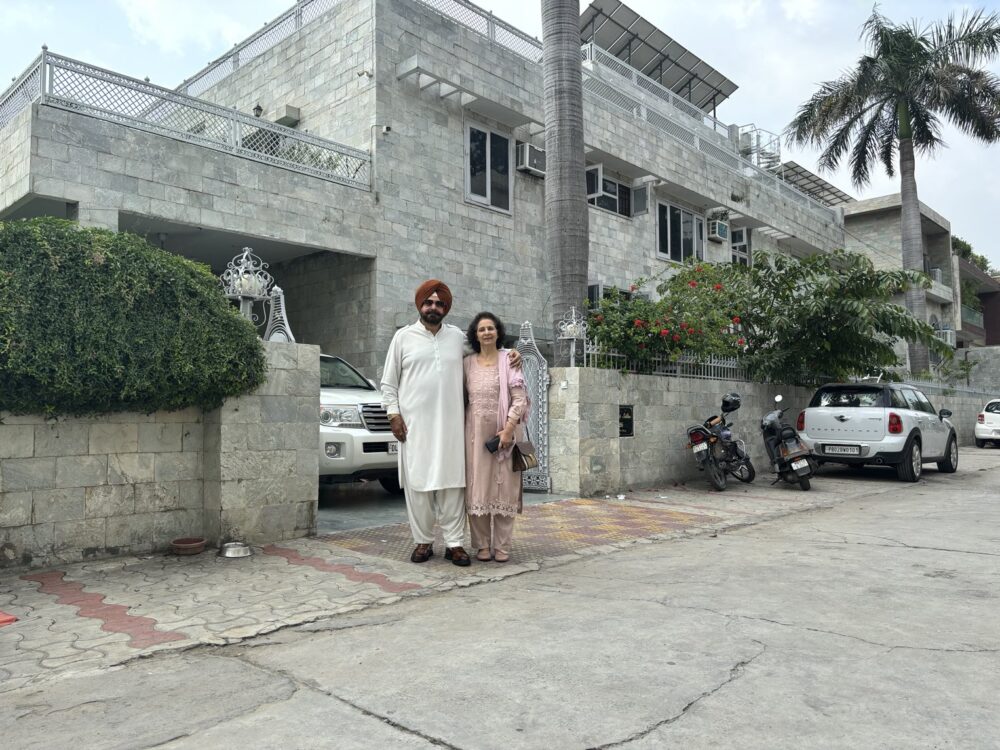Latest
Study: Your cells have a secret weapon against cancer
Scientists have uncovered a hidden cellular defense system that could change how we fight cancer
Author
Author
- admin / 9 months

- 0
- 2 min read

Author
A study from the Children’s Medical Research Institute (CMRI) in Sydney has revealed a surprising mechanism that helps cells protect themselves from cancer. The research, published in Nature Communications, highlights the active role of telomeres—protective structures at the ends of chromosomes—in preventing tumor development.
Telomeres are often likened to the plastic tips on shoelaces, shielding chromosomes from damage. As cells age, these structures gradually shorten, eventually signalling cells to halt division—a natural mechanism long recognized as a barrier against cancer.
However, the latest findings show that telomeres are far more dynamic than previously thought.

“Our data shows telomeres are much more active. They can acutely respond to stress and actively open up to turn on a cellular response that looks like aging. They do this to avoid cancer,” Dr Tony Cesare, head of CMRI’s Genome Integrity Unit, told Xinhua agency. “Most people think of telomeres as a passive entity that shortens with cell division. This is a passive fail-safe used during aging.”
Telomeres eliminates cancer cells
Collaborating with experts from the University of Kyoto, Cesare’s team uncovered how telomeres can detect cellular stress and respond by initiating protective measures.
The study demonstrates that telomeres can prompt cells to either pause their division cycle or self-destruct through programmed cell death. This process targets cells with damaged chromosomes, eliminating them before they spiral into uncontrolled growth—a hallmark of cancer.
This discovery redefines telomere function and could pave the way for innovative cancer therapies. By manipulating telomeres to activate cell death in cancerous cells, scientists may unlock a new strategy to combat the disease. The findings mark a significant leap forward in understanding how our cells naturally fend off cancer—and how we might harness this ability for future treatments.
Also read: Fact Check: Does Wearing a Bra Increase Breast Cancer Risk?










